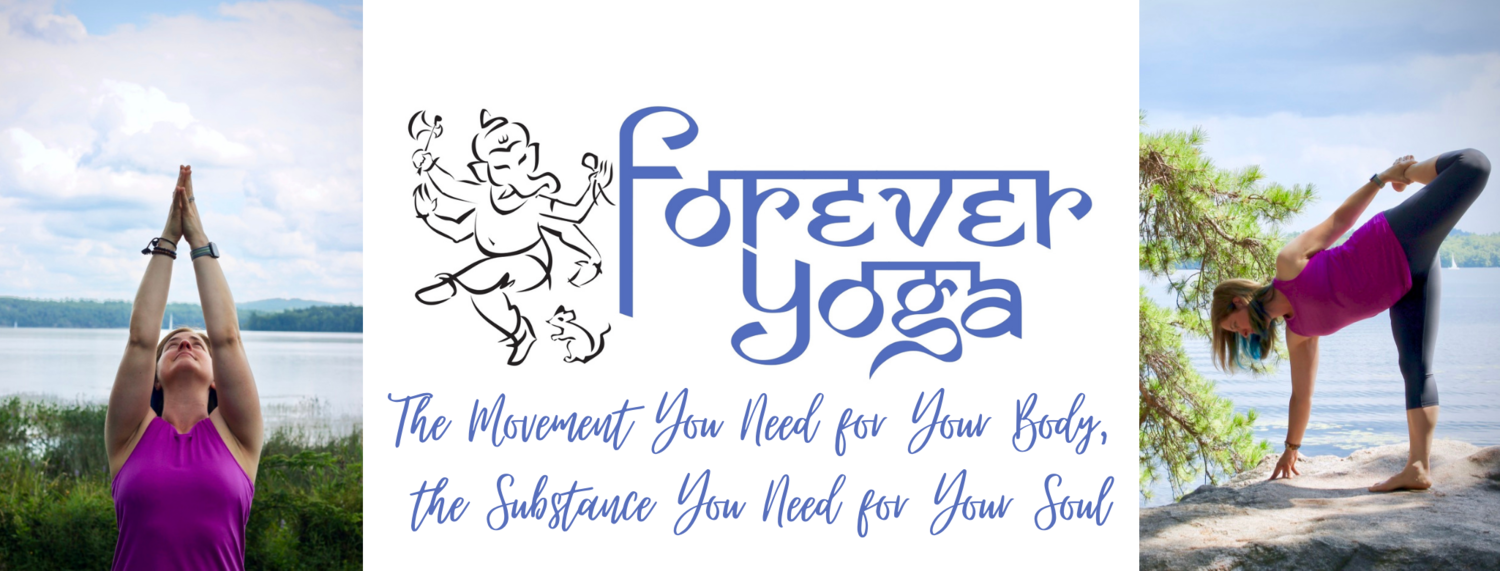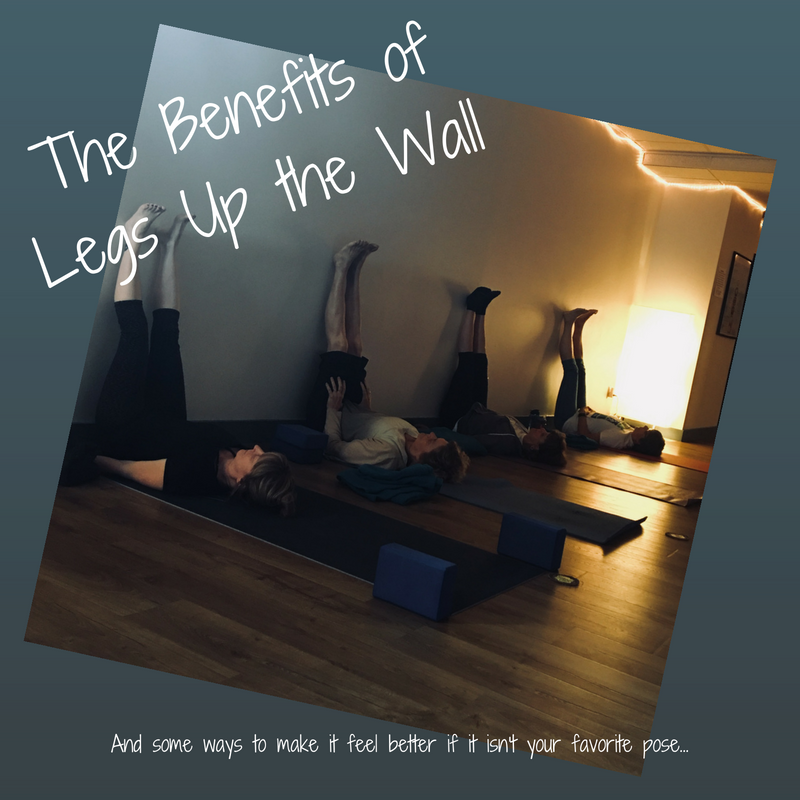The Benefits of Legs up the Wall (& how to make it feel better if it isn't your favorite pose)...
/If you've ever been to a Restorative Yoga Class or really any gentle (or sometimes even not so gentle) yoga class you may have been asked to come into Legs Up The Wall or Viparita Karani. Many people cheer when the teacher calls this pose because it feels so good and restful! But what are the real benefits of this posture? And what do you do if it isn't your favorite? Read on!
Inversions are one of the hallmarks of the physical practice of yoga because they are so unique to the discipline. What other movement form asks you to hold yourself upside down for an extended period of time? There are some key benefits to Legs Up the Wall. Here are just a few:
Reduction of fluid, swelling and pain in the legs - If you've been flying, have a job that requires a good deal of standing during your day or other health challenges you may find you have pain and swelling from time to time in the legs. The reversal of the effects of gravity on the body in Legs Up the Wall encourages better return circulation and drainage of excess fluids that may have collected in the lower extremities.
Relaxation - As compared with more active inversions such as headstand, Legs Up the Wall greatly encourages the relaxation response in the body. We're more able to breathe fully, deeply and slowly in this well supported position encouraging a sense of well being, taking the nervous system out of "fight or flight" mode and lowering the heart rate. Some study is now being done into how this position may also influence the vagus nerve which is being found to be a key pathway in the body for regulation of all major systems and mind/body connection.
Stretches the back body line - If you have tight hamstrings or a generally tight back body line, you aren't alone. This position can help lengthen this area which may generate some relief in low back pain or other spinal issues. The softening of pelvic muscles and the difference in the effect of gravity on the body may also help ease spinal tension experienced during our usual relationship with gravity throughout the day (i.e. being upright).
Safe and relatively easy way to experience the benefits of inversions - Headstand isn't for everyone. Legs Up the Wall is a simple way to gain the benefits of an inversion practice without the safety concerns of other more active inversions.
Obviously, these are some great benefits! But what if you're like me (yep, like me) and this isn't your favorite pose? Here are some modifications that might help:
Don't have your butt right up at the wall - If you come into this pose and that tight back body line we just talked about is screaming for mercy, try backing away from the wall to relieve the tension. If that isn't enough you may want to place a bolster between you and the wall or even try putting your legs up on a chair instead.
Put a blanket or cushion under your low back - If you have low back pain you may find that the weight of the legs moving down into the hip sockets does not feel good on your back or sacrum area. Try padding things up a bit more than you normally would with a blanket or some other cushion to relieve the pressure.
Ask your teacher to tie a strap around your lower legs - If you find this pose less than relaxing it may be because your muscles are trying too hard to hold your legs in position. If you have your teacher tie a strap around the lower legs while you're in the pose you may find that the muscles can relax and if the feet start to fall apart from each other the strap will do the work of helping you stay put. A much more relaxing experience!
Know when to say when - Not every pose is for every body. As you will often hear us say in class, "Your body, your practice". If you've given it the ole college try and it just isn't working for you, don't be afraid to come out of the pose, especially if there's pain. Your teacher can always give you some other options to work with.
Do you love Legs Up the Wall? Or could you live without it in your practice? Let me know in the comments!



